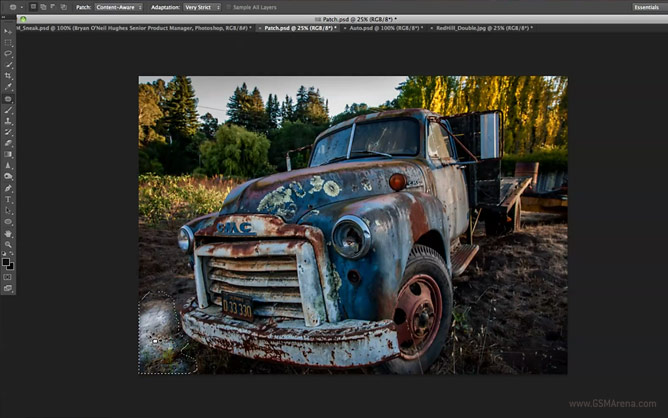You’ve seen them. They’re the once-in-a-lifetime photos that bring out the best in the bride and groom on their special day. Somehow, the pros know how to get extremely
unsecured loans elegant portraits in some of the most challenging lighting situations. No matter how dark it is inside the chapel, the pros make it work. How do they do it? It’s all in the flashes they carry and the aperture on their lenses.
Wedding Photographers Have A LOT Of Equipment
All well-respected photographers know that the big money is in weddings. If you want to get famous for your artistic photos, you need to get famous for your wedding photos first. Many wedding photographers have a lot of equipment because photography isn’t just a hobby for them. It’s a business. All those expensive lenses, flashes, gel packs, mounts, and assistants can be considered a tax write off. What a great way to pay for doing something you love!

But those items aren’t just a tax
bad credit loans write off. Weddings are one of the hardest occasions to shoot – mainly because of the low light and dress of the bride (usually white that drowns out everyone else).
There are two very important items in any wedding photographer’s quiver. One of them is an externally mounted flash, and the other is a wide aperture zoom lens.
The wide aperture zoom lens is useful during the ceremony (as flash photography usually isn’t allowed). This type of lens can zoom in to capture the bride and groom’s vows while ensuring the camera’s sensor receives the maximum amount of light possible – very handy when there isn’t much light indoors. These lenses have an aperture of F2.8 or F1.4 (remember, small F-number means lots of light getting into the camera) so it doesn’t matter how dark it is inside. You’ll be able to get an even exposure and some wonderful candid portraits.
Understand The Importance Of Bouncing Flash And Diffusing It
How many professional wedding photos have red eye? None of them, and there is a reason for that. Professional
wedding photographers know that the best way to use flash is to bounce it off of walls and reflectors. When you do this, the light comes at your subjects from a less direct angle. It is much more gentle, and it does a better job of eliminating red eye and strong shadows.
Bouncing flash can be very handy, but it isn’t simple as you might think it is. The color of the surface that you bounce the flash off of has an effect on the color of the light returned. If you want red light, bounce your flash off a red wall. If you want white light, find a white wall. You get the point.
A flash diffuser can achieve the same ‘bounce off wall’ effect for those moments when you just can’t find a nice white wall. A flash diffuser can be anything that covers your flash and spreads out the light. I’ve seen a lot of great do-it-yourself solutions. Me favorite is a few tissues in front of the flash. As long as you have some kind of white fabric or soft paper in front of your flash, you will have an effective diffuser.
Carry Multiple Cameras, Each Equipped With A Different Lens

When you’re spending all day taking photos and you don’t want to take the time to change the lens. So pro
wedding photographers have multiple cameras with different lenses mounted to them. Different kinds of shots can happen at different times, so it’s nice to simply pick up one camera for one kind of shot and then switch to another right away for a different kind of shot. This investment pays itself off with more great photos for every shoot.
Most professional wedding photographers have two cameras. One of them is a lower end SLR with an 18-55mm lens while the other is a higher end SLR with a 70-200mm lens. The camera with the wideangle lens is perfect for closed spaces while the standard to telephoto camera is great for getting candid shots across the room.
Wedding Photographers Understand The Importance Of The Little Things

No day will ever be the same as your wedding day. Wedding photographers go out of their way to find the little things that make the experience so special. Take the time to photograph rings, garters, floral bouquets, and everything else that sets the scene. All of this provides context for your more traditional wedding photos.
Whenever you can include a small detail like this in your portraits or other photos, people will notice. Your job isn’t to simply create great looking wedding photos. You are there to help people remember the little things. Doing this will set you apart from every other wedding photographer!
A Wedding Photography Business
If you are thinking of building a
wedding photography business, start off by taking pictures at your own relatives’ and friends’ weddings. If you’re not sure about your results, make sure they hire a photographer and tag along with the pro. This will give you experience with the often hectic schedule and awkward shooting conditions. Many seasoned wedding photographers also scope out the location of the wedding before arriving. This added experience gives them the preparation they need to get the shot when it really counts.





 But those items aren’t just a tax
But those items aren’t just a tax  When you’re spending all day taking photos and you don’t want to take the time to change the lens. So pro
When you’re spending all day taking photos and you don’t want to take the time to change the lens. So pro  No day will ever be the same as your wedding day. Wedding photographers go out of their way to find the little things that make the experience so special. Take the time to photograph rings, garters, floral bouquets, and everything else that sets the scene. All of this provides context for your more traditional wedding photos.
No day will ever be the same as your wedding day. Wedding photographers go out of their way to find the little things that make the experience so special. Take the time to photograph rings, garters, floral bouquets, and everything else that sets the scene. All of this provides context for your more traditional wedding photos. The best way to do this is to set it on fully automatic. Look for a symbol on your camera's mode dial that looks like a rectangle. When your camera is on automatic, all important settings such as ISO, Aperture and exposure are made for you, taking out the guess work.
The best way to do this is to set it on fully automatic. Look for a symbol on your camera's mode dial that looks like a rectangle. When your camera is on automatic, all important settings such as ISO, Aperture and exposure are made for you, taking out the guess work.
